

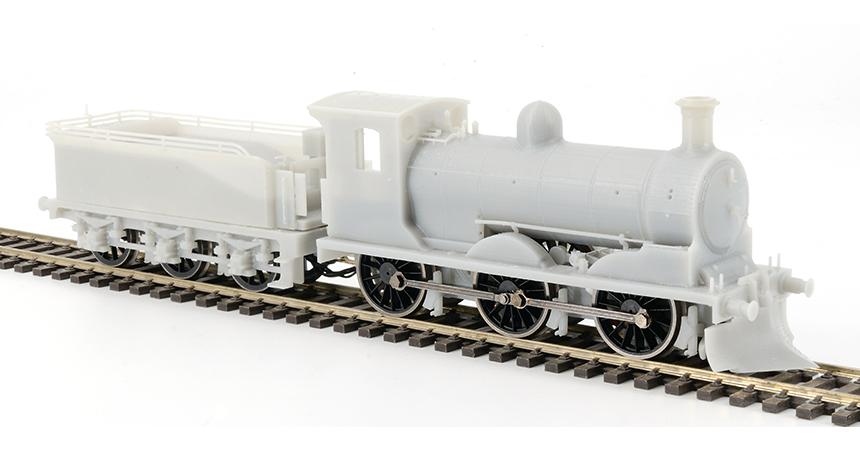
The J36 Engineering Prototype, image courtesy of Hornby Magazine
A very warm welcome to this edition of The Engine Shed, your destination for all the news from the Hornby Development team. We’re continuing with our in-depth look at 2018’s new tooling models in this instalment, with the popular J36 Class up next. For this edition, we were hoping that we’d have a Decoration Sample or two for the J36 but, unfortunately, it wasn’t to be.
However, the postman did still bring us a wealth of new models, some of which we can show you today instead. After showcasing the R3603TTS ‘Lord Nelson’ Decoration Sample last time, the other two samples from this class have arrived and are included as we count down the days until ‘Sir Francis Drake’ and ‘Lord Rodney’ are released.
We also have an unexpected treat for you too (always expect the unexpected with us here at The Engine Shed!). In amongst the samples we received recently, there were all six of the BR 63’ Hawksworth coaches that we know many of you are waiting for. Rather than save them for another time we thought why not share them with you here too?
There’s also a return for a locomotive that’s been incredibly popular, plus we look ahead to Model Rail Scotland.
The J36 class was a very welcome addition to the range when it was announced at the beginning of the year. Both collectors and modellers would have been excited to see the NBR C Class join the Hornby line-up, plugging a not insignificant gap in the marketplace. A suggestion we received frequently both online and at events, and something that was never far from the lips of a Scottish railway enthusiast, we’re incredibly excited to have this locomotive in the 2018 range.
However, before we get too far into discussing the model itself, we best take a good look at the J36’s history.
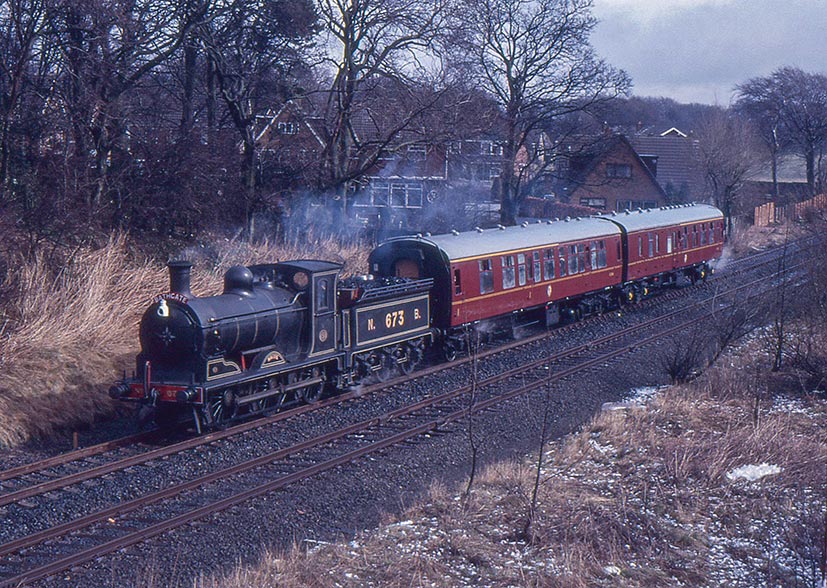
'Maude' approaching Bathgate with a special train celebrating the reopening of the Bathgate line to passenger trains in March 1986
In 1887, Matthew Holmes, Locomotive Superintendent of the North British Railway, decided to stop building goods locomotives with 17” cylinders, replacing them with a larger class than the previous Drummonds. Utilising the same wheelbase and firebox as the Drummond 17”, but with a new standard boiler, the first six NBR Class C locomotives were introduced in 1888 and such was their success that by 1900, 168 locomotives had been built.
Built mainly at the Cowlairs Works, when W.P Reid replaced Holmes as Locomotive Superintendent, he began a rebuilding programme of the company’s locos; the first Class C was rebuilt in August 1913 and by 1920, 108 engines had been rebuilt. By Grouping, 160 had been completed, with the final eight being finished by the LNER. Twenty-five of these early rebuilds were sent to France for operation by the Railway Operating Division of the Royal Engineers (ROD) on the Western Front in 1917. On their return in 1919, all received names from famous battles of WWI, Allied Commanders and even a fictional character created during 1914–15 by cartoonist Bruce Bairnsfather, ‘Ole Bill’.
Three types of brake arrangement were fitted to the Class; those fitted with Westinghouse were suitable for passenger traffic, while the others found themselves on goods services. As well as working across the NBR’s region in Scotland, the class found work on the Highland Railway, as well as on the NER region, working from Blayden and in North Yorkshire. One engine was withdrawn due to accident damage in 1921 but the class survived intact through to 1931. Despite some withdrawals before 1939, 123 locomotives made it into British Railways service in 1948. Six of the class survived in Scotland up to 1966, with the final two being withdrawn in 1967 and one locomotive, No. 673 ‘Maude’, surviving into preservation.
The preserved loco ‘Maude’ was built at Neilson & Co. in December 1891 and was rebuilt by the North British Railway in December 1915 using the new standard boiler. One of the engines commandeered by the War Department for ROD supply train service, 673 was sent to the Western Front during November 1917, returning in June 1919 and was given the name ‘Maude’ in appreciation of the locomotive's war service.
R3600TTS depicts ‘Maude’ in preservation, in a lined black livery. Expected in August this year, ‘Maude’ contains a TTS decoder, offering a range of different sounds. Much like ‘Lord Nelson’ (which we covered last time) we’ll be sure to showcase the sounds included in a future edition of The Engine Shed.

Built at Cowlairs in June 1897, 722 was rebuilt with the NBR standard boiler by the LNER in May 1923 following Grouping. Renumbered shortly after in March 1926, as 9722, by June 1926 the locomotive was allocated to St. Margarets Shed. By April 1930, the locomotive had moved south of the border, being allocated to Carlisle and whilst there received the 1946 LNER number 5293, changing to 65293 under British Railways in September 1948.
R3621 has been modelled as ‘722’ in L&NER lined black as the locomotive was first seen. This model is also due for release in August.

65311 Haig was built at Cowlairs in March 1899 and was rebuilt by the North British Railway in April 1921 using the new standard boiler. Numbered as 753 by the NBR, this locomotive was not part of the ROD contingent. However, with the withdrawal of the original Haig, No.650, in April 1951, 753 (now numbered as 65311) was unofficially named Haig in its place while at Craigentinny during the summer of 1953.
R3622 offers ‘Haig’ in early BR black livery, following its renumbering in 1951 and like the other J36 locos, is currently expected in August.
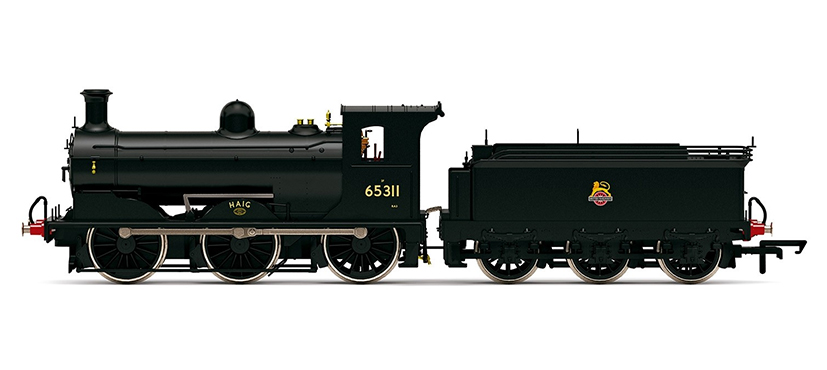
In preparation for work to begin on our J36 project, the team took two enjoyable trips up the East Coast Main Line to Edinburgh, one was to source drawings and other research material, with the second to measure the locomotive itself.
The plans were sourced from the Scottish National Archives, which gives visitors a very different experience to the National Archives at Kew. Offering a much more relaxed and helpful atmosphere, our researcher thoroughly enjoyed obtaining the plans, on what would have been a normally mundane task.
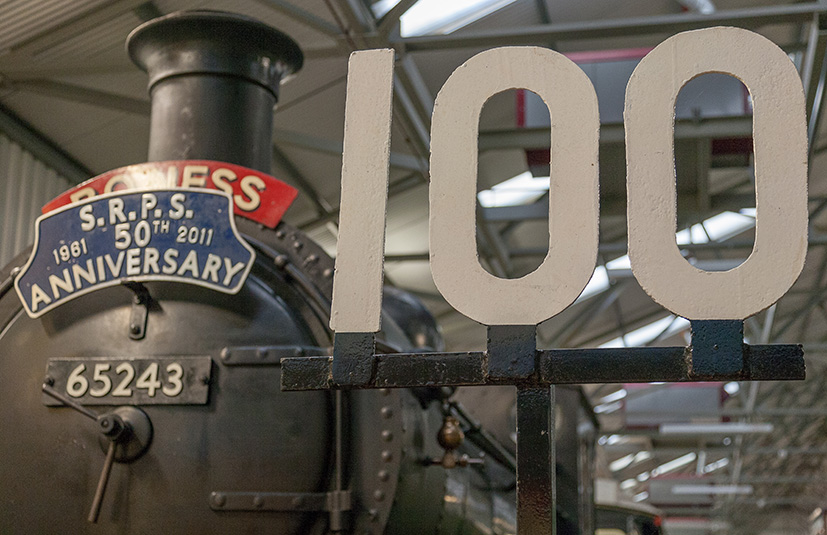
‘Maude’ is stabled at Bo’ness under the care of the Scottish Railway Preservation Society (SRPS), who were kind enough to allow us access to the engine. We used this opportunity to measure all the necessary parts of the loco, which can be so crucial in the designing process. We also took hundreds of photographs, which all serve as reference points for the designer.
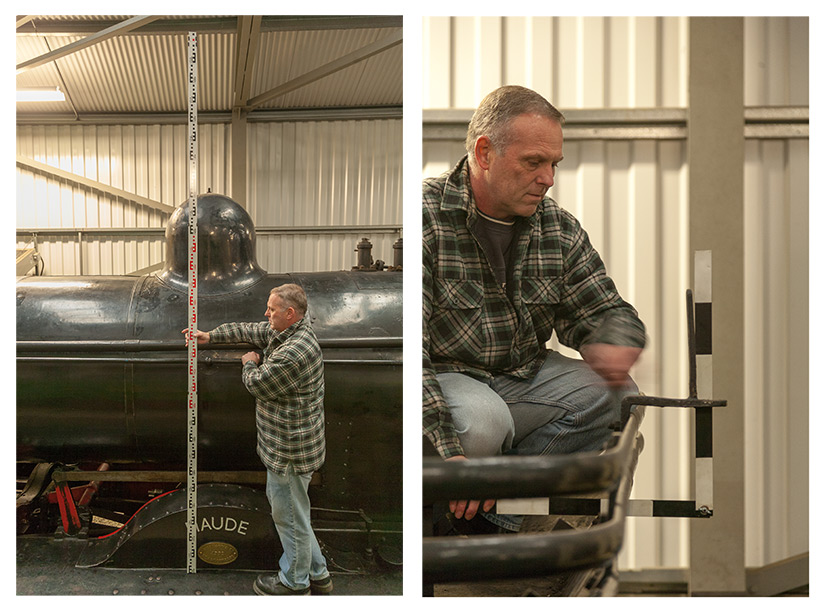

As you can see, it was an enjoyable visit to ‘Maude’, which proved hugely beneficial to the team.
We’d like to extend a huge thank you to the North British Railway Study Group, who not only assisted in our research but also served as our unofficial Edinburgh railway history guide and taxi!
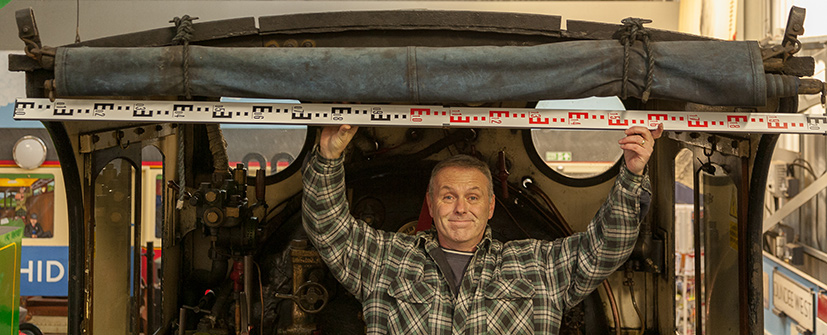
As for the models themselves, the J36 class has been designed in its rebuilt condition, which means no open cabs. This does mean that we can cover the ROD locomotives from 1917 though, and the Scottish based locos from 1919. As many combinations as possible have been accounted for, including snow plough and cab tender variants.
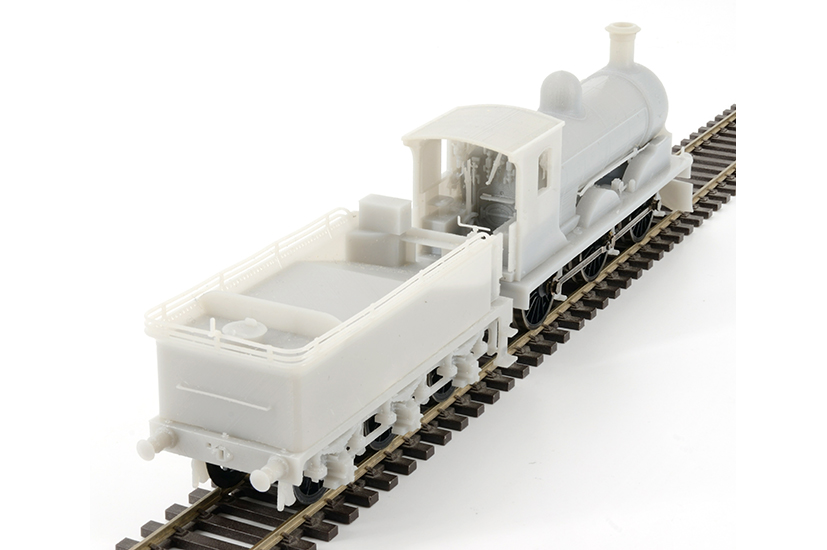
J36 Engineering Prototype, images courtesy of Hornby Magazine

You can be sure that we’ll be keeping a very close eye on all the J36s as we approach their release, with the next stage of production, the Decoration Sample, next on the list to show you.
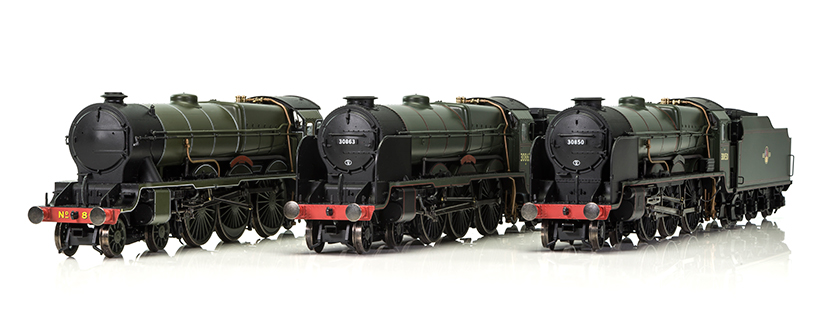
Speaking of Decoration Samples, we were thrilled to be able to include one in the last edition of The Engine Shed with the ‘Lord Nelson’. However, there were two members of the class we weren’t able to include. Fortunately, we can now share them with you, so here are all three Lord Nelson classes for your delectation.
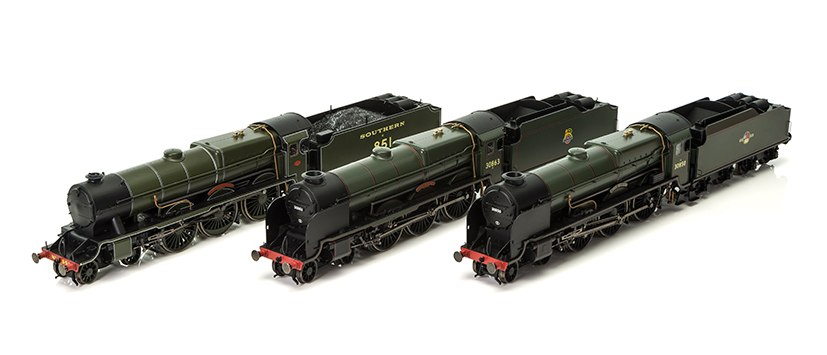
Please be aware that these models aren’t in their final state and, as always at this stage, there’s a number of things the team need to work on.
We would like to point out that a steam pipe is missing from 'Lord Rodney', plus the valve gear was slightly damaged in transit. Despite these problems, we thought you'd still like the see the rest of the loco, especially the decoration itself.
We hope you’ll agree they’re looking pretty good overall and we hope those of you who are awaiting these models enjoy this latest update.
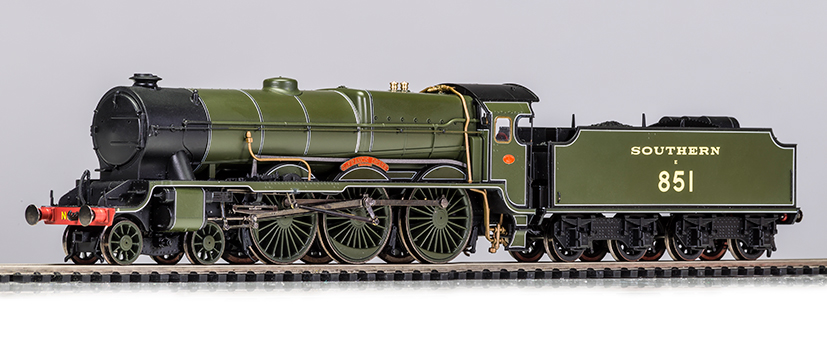


R3634 SR, Lord Nelson Class, 4-6-0, 851 'Sir Francis Drake' Decoration Sample
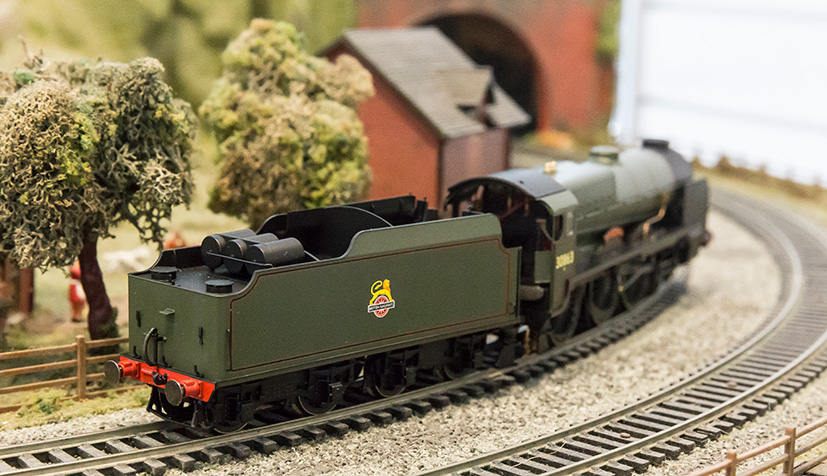


R3635 BR, Lord Nelson Class, 4-6-0, 30863 'Lord Rodney' Decoration Sample
However, as we mentioned at the start, these aren’t the only Decoration Samples we have to show you. We also recently received all six of the BR 63’ Hawksworth carriages. While perhaps not stealing the headlines like the J36 and Lord Nelson, these models have been reintroduced after a break in the range, which we hope is good news for many of you. They also look rather nice in Crimson and Cream, which was reason enough to show them off to you here in The Engine Shed.
Sitting a little later in the timeline than the Collett coaches, these should prove useful to a number of enthusiasts and we certainly hope you like what you can see here.

R4404B BR, 63' Hawksworth Passenger Brake, W829W Decoration Sample
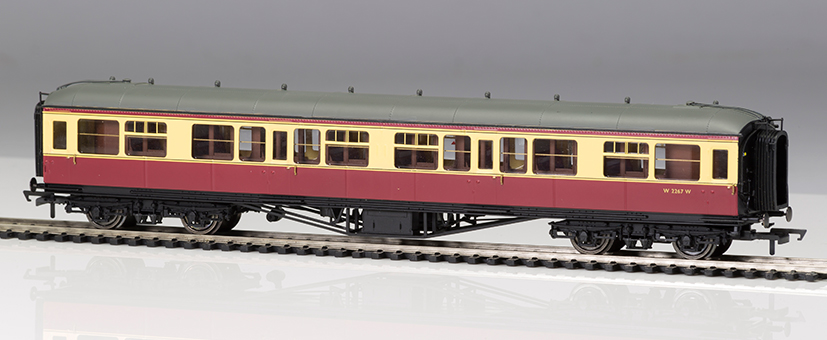
R4405B BR, 63' Hawksworth Corridor Third, W2267W Decoration Sample
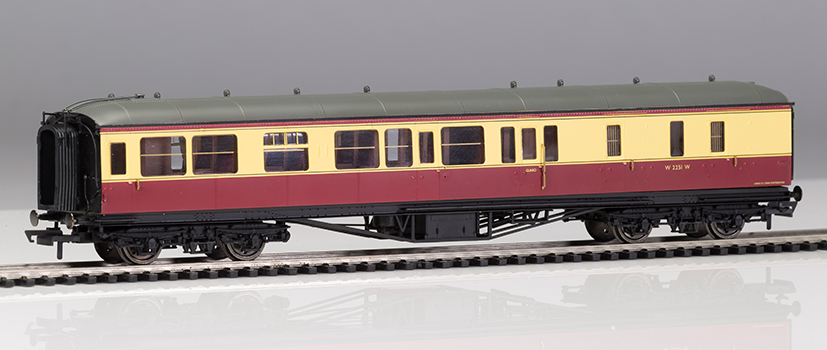
R4406B BR, 63' Hawksworth Brake Third, W2251W Decoration Sample
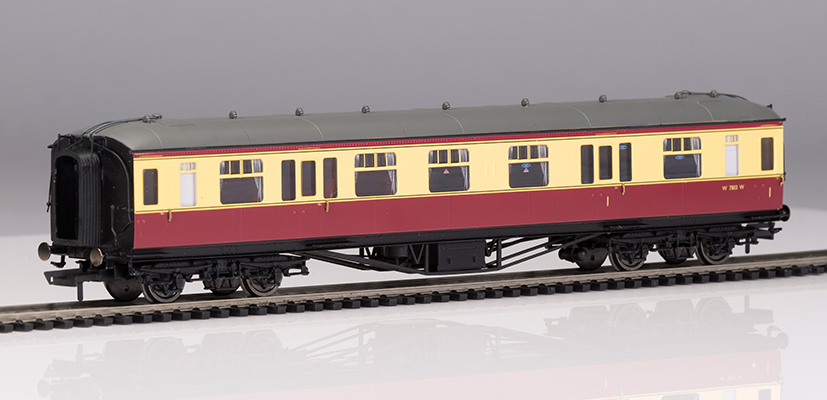
R4407B BR, 63' Hawksworth Corridor Composite W7803W Decoration Sample
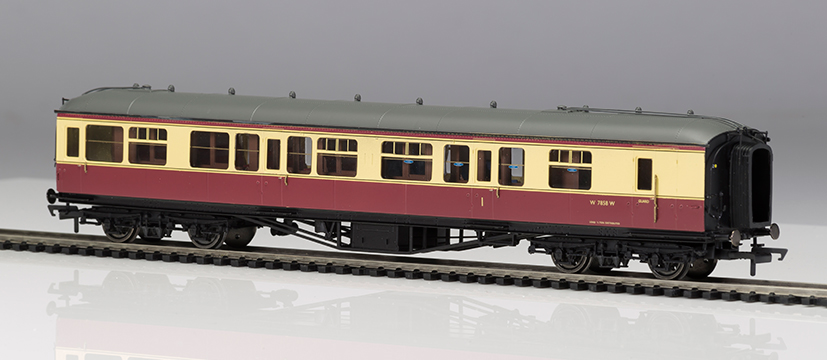
R4408B BR, 63' Hawksworth Brake Composite W7858W Decoration Sample

R4493B BR, 63' Hawksworth Corridor First, W8119W Decoration Sample
We also wanted to let you know that the R3555 ‘Sir William A. Stanier F.R.S’ Princess Coronation Class will be available again soon. Given the quite astounding demand of the first batch of models, an additional production run has been arranged and will be with us soon. We wanted to give all our readers a ‘heads up’ as we are sure that the demand for these simply stunning models will once again be tremendous!
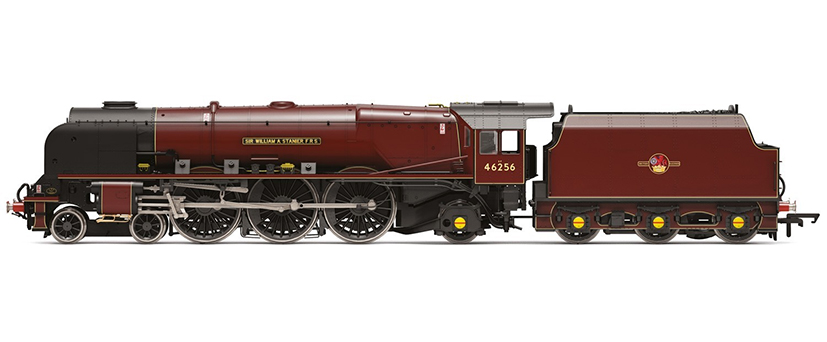
We’ll end by looking forward to Model Rail Scotland, the biggest model railway show held north of the border, which takes place next weekend (23rd – 25th February). Hornby will, of course, be in attendance, showing all the latest samples and models.
For those of you active on Facebook, and within travelling distance of the Scottish Event Campus Centre (SEC) in Glasgow, do keep an eye on the Hornby page over the weekend as we’ll be offering you the chance to win some tickets!
There’s nothing quite like a model railway show to meet enthusiasts and talk about all the latest news in the hobby. There’s also so much to see and we hope this year is no different – we’ll see you there!
That concludes another edition of The Engine Shed and we do hope you’ve enjoyed it. Getting to know all these models well will put us in very good stead as the year progresses. We hope you’ll get to enjoy seeing each project move from plans on a page to a digital CAD version, through to all the various samples, finally finishing with the released model. There’s a healthy dose of satisfaction to be had watching these models develop and we hope you’ll join us as we explore each of the key 2018 releases.
Should everything go to plan we’ll be seeing you again on the 23rd March, when we’ll have all the latest news for you from the Development team.
As always, be sure to let us know what you thought of this month’s Engine Shed either using our Facebook and Twitter pages, or by posting on our Official Forum. Either way, we’d love to hear from you.
Hopefully the weather should be improving soon, and we can only cross our fingers that the sun will be shining when we next come to you in March.
Until next time,
Happy Modelling!
The Engine Shed Team
Return to Engine Shed homepage
© Hornby Hobbies Ltd. All rights reserved.